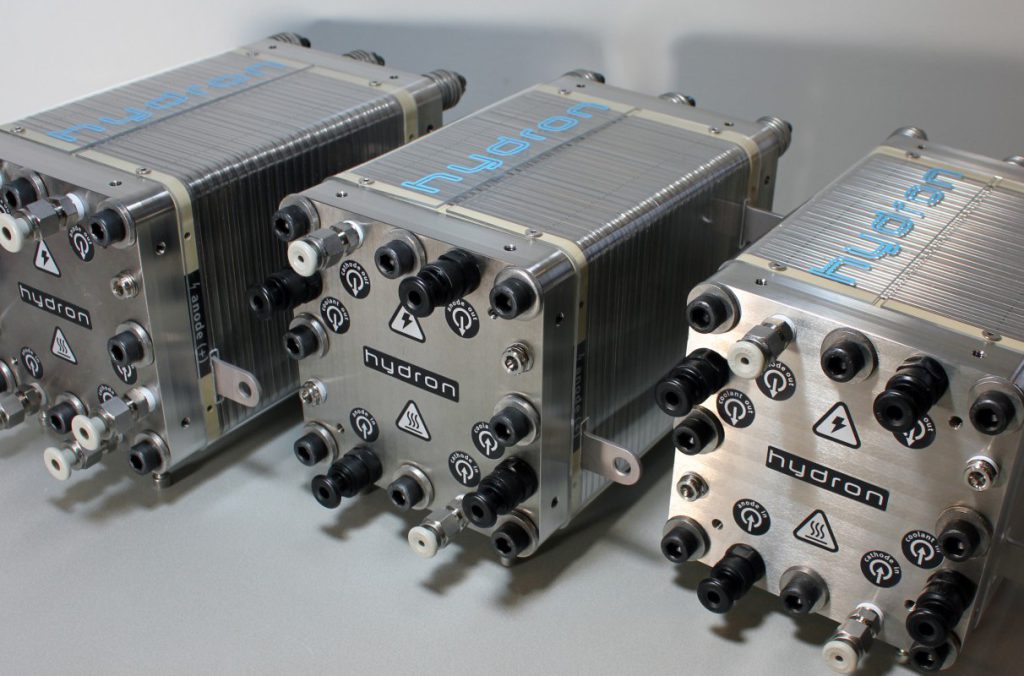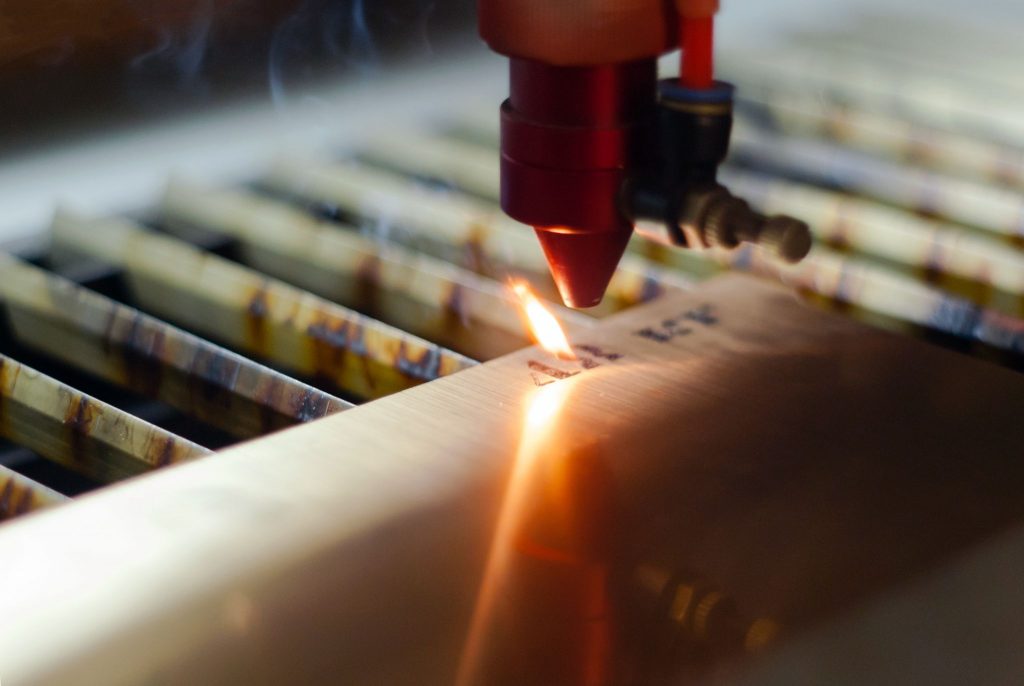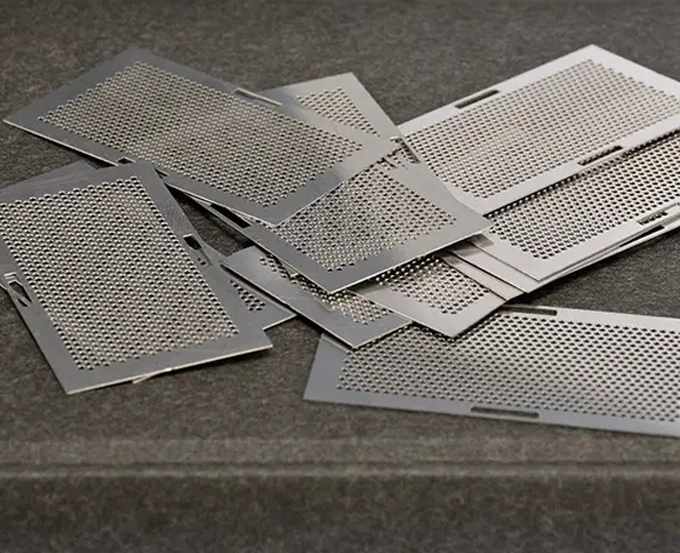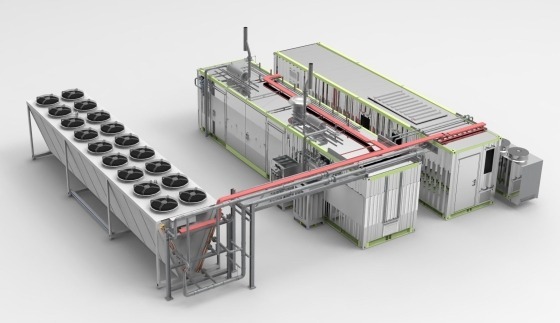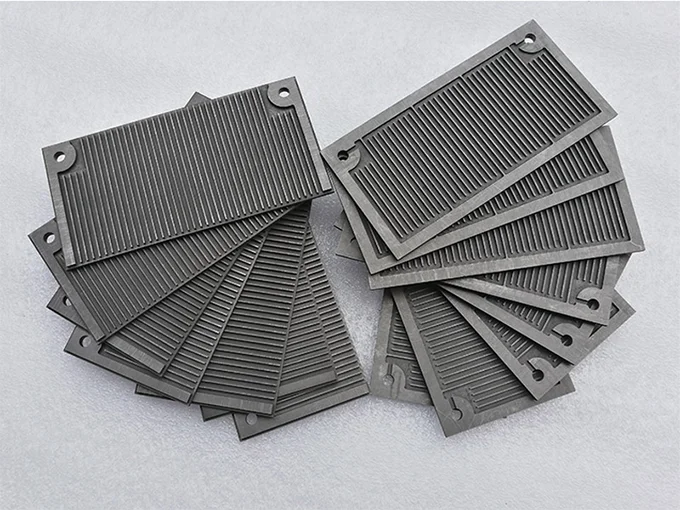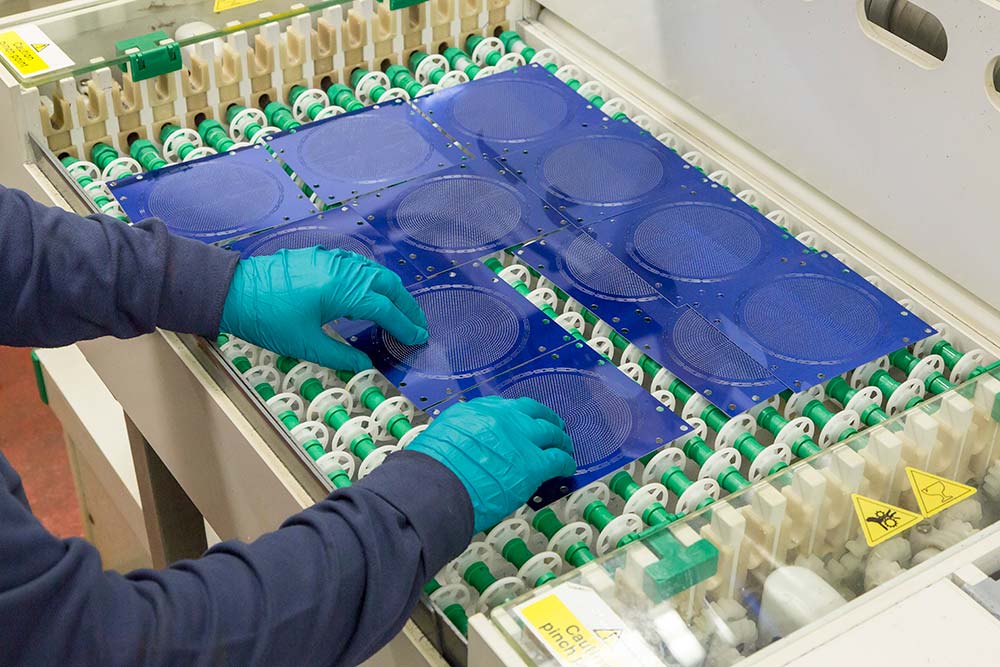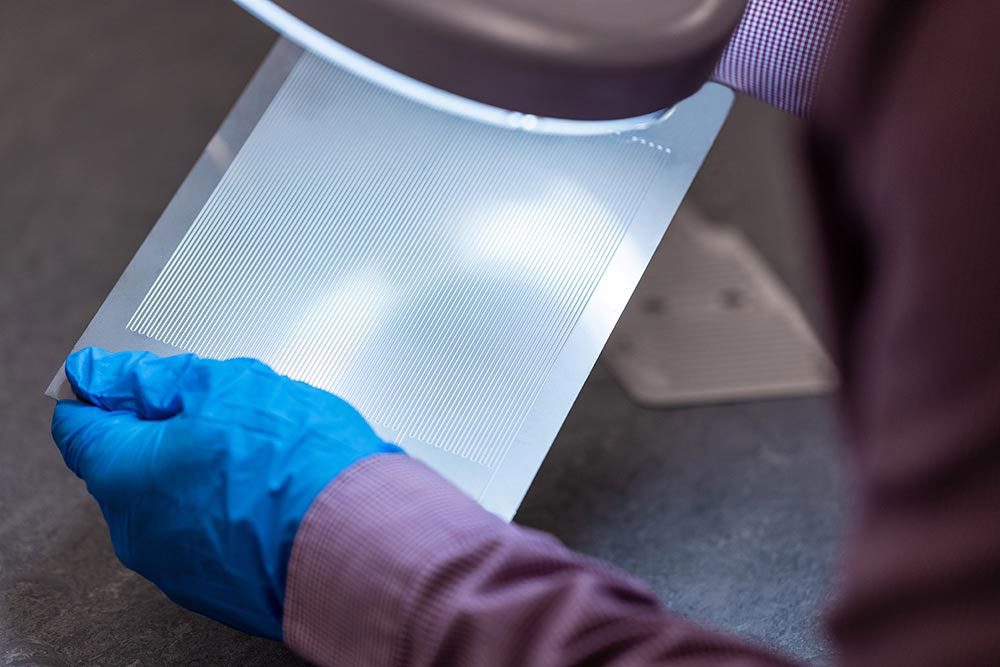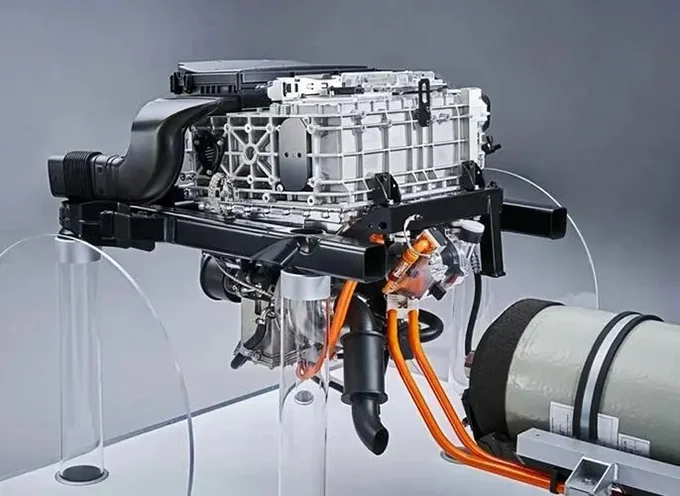Working principle and structure of PEM electrolyzer
Hydrogen is recognized as the fuel of the future and for very good reasons as well. One benefit is the generation of a new source of energy that is pollution-free and hence environmentally suitable. Of all the methods to produce hydrogen, water PEM electrolyzer technology , which is efficient in the production of hydrogen using […]
Working principle and structure of PEM electrolyzer Read More »

